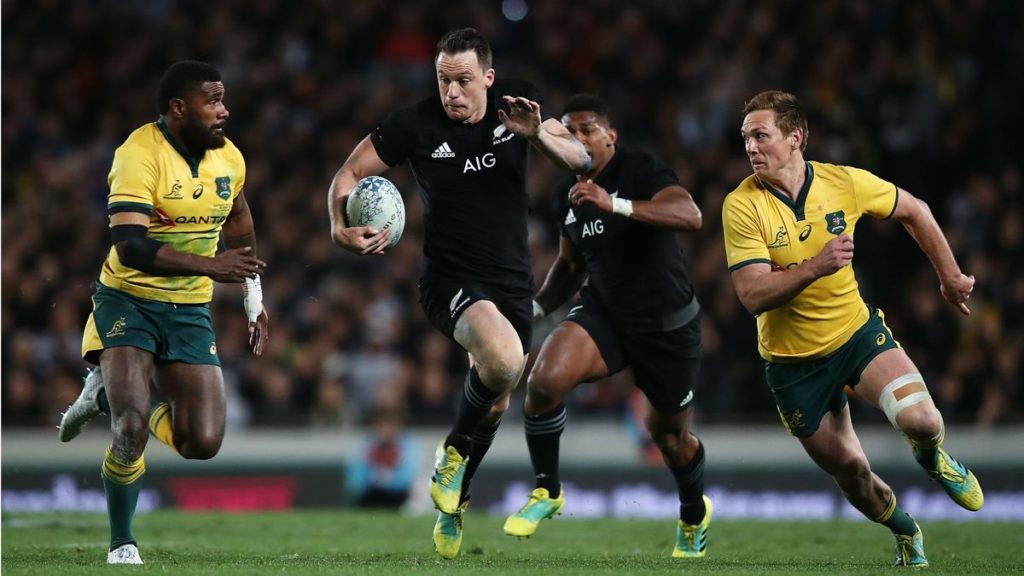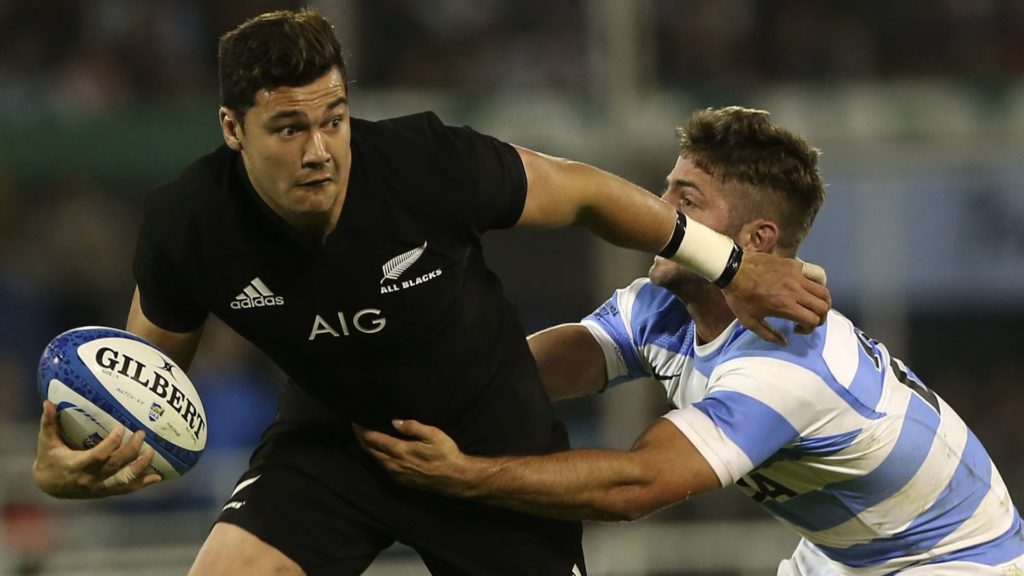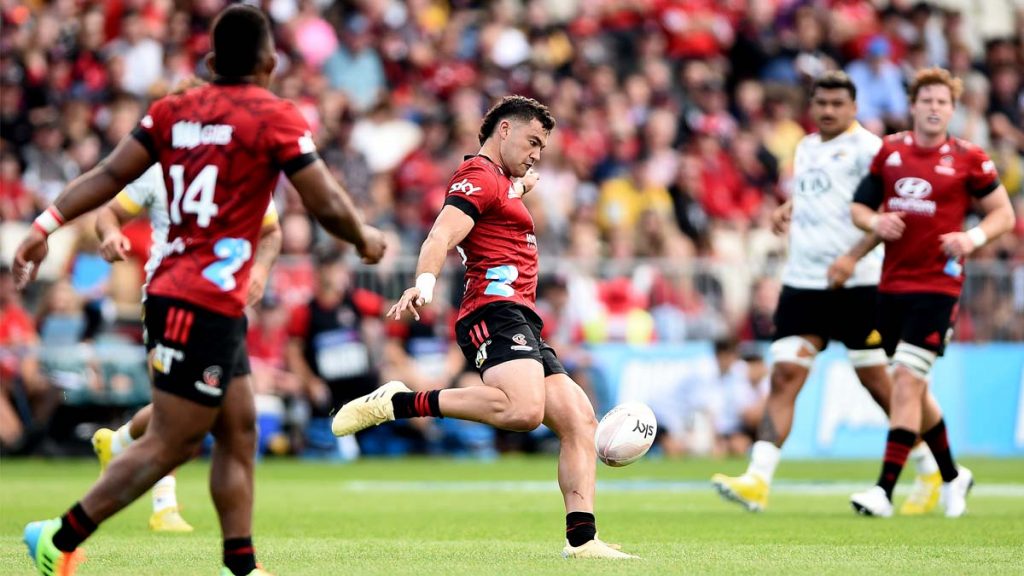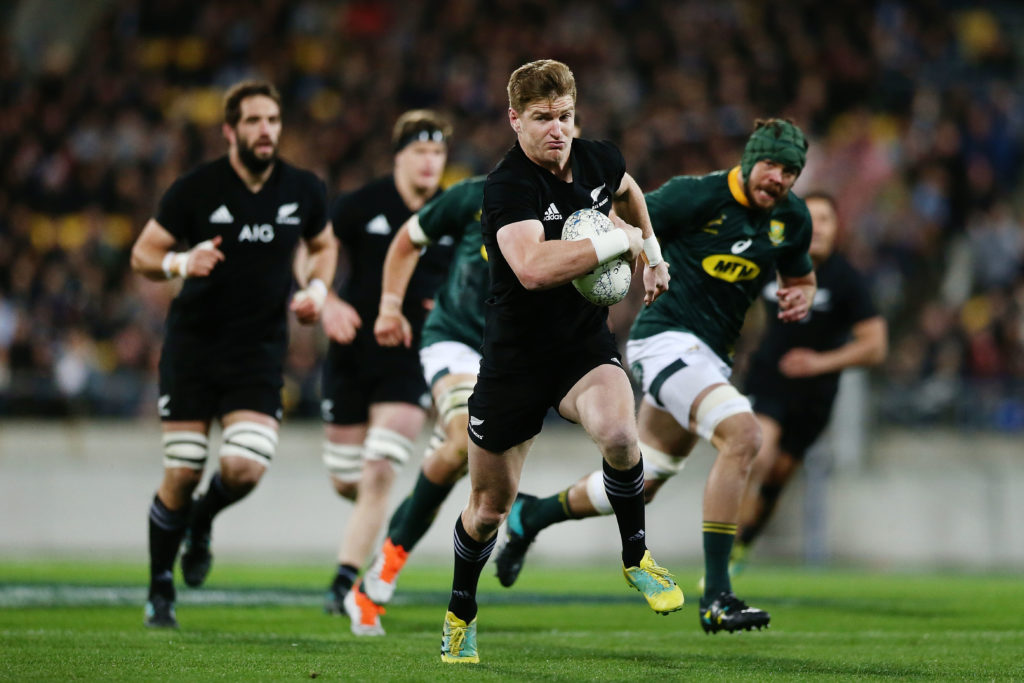There is a theory, first aired by Steve Hansen and just about proven, that there are three types of All Blacks. The former national team coach revealed his thoughts about this in late 2013 when he was trying to explain how it was that Ben Smith had taken four years to truly find himself in test football, and had somehow managed to go from peripheral squad member to the World Rugby Player of the Year shortlist in eight months.
According to Hansen the first and most rare type of All Black is the instant settler. Into this category go the likes of Richie McCaw, Dan Carter and Brodie Retallick – once-in-a-generation players who are picked to play test football at a young age, come into the team and instantly deliver quality performances.
The second type, of which there are again relatively few but probably more than the first group, are those who dazzle in Super Rugby, win a place in the All Blacks but never manage to cope with the pressure and expectation.
They have enormous talent but not the mental capacity to hold it all together when the world is watching. The environment crushes them – and typically after a few unsuccessful campaigns these players realise their future most likely lies offshore.
And then there is the third group – the most common. This is the one Smith belonged to – players who have everything to be great but struggle to believe they belong in the All Blacks.

As Hansen made clear in Paris that year, Smith had never understood his own potential. He had been overwhelmed at times by the aura of the All Blacks and the calibre of the people around him and had never seen himself as belonging in that company.
He made his test debut in 2009 but didn’t win back a squad place until 2012 and only won regular starts because of injury to others in June 2013.
When Smith had been thinking about taking an overseas offer earlier that year Hansen laid it out for him – if he stayed, he could become a great All Black and eventually the penny dropped.
Smith gradually found the confidence to believe he belonged there and as he did, his performances reflected his state of mind. Once he realised he was good enough, had earned the right to be there and didn’t have to do anything other than play the way he had been for the Highlanders, his world class ability started to be seen in every test.
Smith, just as Hansen predicted, became a great All Black and all of this is coming back to the surface because David Havili is travelling such a similar path and in doing so, is evoking strong parallels.
Havili, who was involved in the Rugby Championship in 2017, struggled to deal with the pressure and enormity of being with the All Blacks and while he played reasonably well when his chance came, the coaching staff sensed he was lacking confidence in himself.
Havili in 2021 has been a little like Smith in 2013 – emerging as an accidental hero in an unfamiliar position.
And just like Smith, he is finally establishing himself in the All Blacks after winning three caps – in cameo appearances – in 2017, only to drop out of contention until his recall this year.
Havili, who was involved in the Rugby Championship in 2017, struggled to deal with the pressure and enormity of being with the All Blacks and while he played reasonably well when his chance came, the coaching staff sensed he was lacking confidence in himself.
That much was reflected in their decision to take him to Japan for the one-off test in Tokyo in 2018 but not pick him in the match day squad despite being one of the few players with previous experience.

And it was hinted at again by All Blacks coach Ian Foster ahead of the first test of this year against Tonga when he revealed why Havili had not been picked. “David has had a calf [injury] for the last three weeks and we have got a chance to give him another week of confidence.
“He’s been out of this camp for four years and I really want him, when it is time, to be jumping out of his skin with total belief in his body.”
Where the similarities with Smith stretch further is that Havili sees himself as a fullback – won his original All Blacks selection there and between 2017 and 2020, mostly played in that role for the Crusaders.
But like Smith, who was a regular fullback for the Highlanders but a wing or midfielder for the All Blacks in his early years, Havili is now the country’s best second five and potentially the preferred option to stay there for the remainder of this year, if not longer.
That’s a scenario which has caught many by surprise as Havili has never previously been viewed as a serious, specialist No 12.
Happiest and most at home at fullback, but capable of playing on the wing, midfield and even first five as he proved in Super Rugby, Havili was the sort of player the All Blacks knew they would want in their match day 23.
Last year he was arguably the form fullback in the early rounds of Super Rugby – playing with the sort of authority, skill and invention that left many believing he was going to be the perfect utility replacement for Smith.
Happiest and most at home at fullback, but capable of playing on the wing, midfield and even first five as he proved in Super Rugby, Havili was the sort of player the All Blacks knew they would want in their match day 23.
But he suffered a serious infection to his bowel during the lockdown period and had to have emergency surgery to remove a significant part of his damaged organ.
That wrote off all test rugby for him last year and when he came back to Super Rugby this year, he was looking to stake his claim at fullback. But when Jack Goodhue’s knee caved in in the early rounds, Havili was shifted to second five.
He made it clear that wasn’t his preference and the Crusaders talked too as if he was just filling in there. But as the season developed, it became clear he was actually a fantastic No 12.

Havili may have seen himself answering a temporary call to help out, but Foster felt he was looking at a player who would give him exactly what he was looking for in the No 12 jersey.
Havili was named as a midfielder when the All Blacks squad was announced, but yet, there was still this sub-text that he himself was waiting for the chance to show what he could do at fullback.
“That was just a thing that Razor [Crusaders coach Scott Robertson] mentioned to me, and yeah I just sort of ran with it,” Havili explained in how his conversion to the midfield came about.
“To be fair, at the time he just said, ‘Oh you’re going to be playing 12’ and I said, ‘Oh well, all right. I’ll give it a crack’ and sort of ran with it from there. It wasn’t anything about making the All Blacks, it was just about doing my best for the team and at that time, it was playing in the midfield.
“I have thoroughly enjoyed playing in the midfield this year and certainly want that to carry on. I’m not going to scratch myself as a 15 just yet but for now, yeah, I’m a fulltime midfielder.”
When it comes to a World Cup squad versatility becomes a big factor because you are limited to fewer players and your replacement protocols are different. But when you are picking a squad in between years, you are really looking for who can have an edge in a position that can contribute to your game.
All Blacks coach Ian Foster
Whether Havili fully believed that last statement even a few weeks ago is hard to know. But by the end of the Pasifika Series and with the Bledisloe Cup now very much in view, it’s apparent that he’s come to see that his future in the test arena is exclusively as a No 12.
“That’s where he played well this year and got himself selected playing well there,” said Foster. “When it comes to a World Cup squad versatility becomes a big factor because you are limited to fewer players and your replacement protocols are different.
“But when you are picking a squad in between years, you are really looking for who can have an edge in a position that can contribute to your game. Versatility is not really a factor in our backline.
“We have got a lot of players, we have got Rieko who can go midfield or outside back; we have got Jordie who can do a whole load of things. We have got Beaudy who can go 10 or 15.
“We have got a number of players who are versatile, so for us we are after specialists primarily.”

Maybe there will be a game down the track when there are injuries to the likes of Jordie Barrett and Damian McKenzie that require Havili to fill in at fullback, but it’s not where Foster wants him.
And that’s because Havili was the best back in the Pasifika Series, delivering combative running, strong decision-making and crunchy defence in the No 12 shirt.
He scored tries, made tries and stopped tries and in his two appearances, looked to be growing in confidence.
As Foster commented after Havili’s impressive return to test action against Fiji in Dunedin: “I thought he was probably a bit nervous at the start. Things didn’t always go smoothly – I think he missed a clean and a couple of little things, But I liked the way he stayed in the game.
“He had some good reads off some of those lineout mauls that collapsed and scored a couple of tries through that. I thought he grew as the game went on. Overall, I was pretty satisfied.”
He has a vast skill-set and the effortless way he changed angle to hit a short ball off a lineout early in the second tests to then flip an off-load to Sevu Reece was indicative of how gifted Havili is.
And so there could yet be one more similarity to be drawn between Havili and Smith. What surprised everyone in 2013 was how Smith went so quickly from bench player to world-class. The growth in his game was exponential once he came to understand he belonged in the All Blacks and possibly, the same could happen with Havili.
Now that he’s fully aware that firstly he belongs at this level and not as a fullback or wing – but as a midfielder – it is possible his game could jump to new heights. There were already signs of it in Dunedin and Hamilton.
He has a vast skill-set and the effortless way he changed angle to hit a short ball off a lineout early in the second tests to then flip an off-load to Sevu Reece was indicative of how gifted Havili is.
Like Smith, he could end the season internationally recognised as one of the best 12s in the global game.
“I wouldn’t say I was surprised because he’s always been a quality player,” Foster said after Havili’s return to test action as a 12. “He’s always been skilful and I thought in Super Rugby we saw him go through phases of learning how to deal with the physical side of midfield and I thought by the end of it he did a pretty good job, hence why he’s here.”


Comments
Join free and tell us what you really think!
Sign up for free